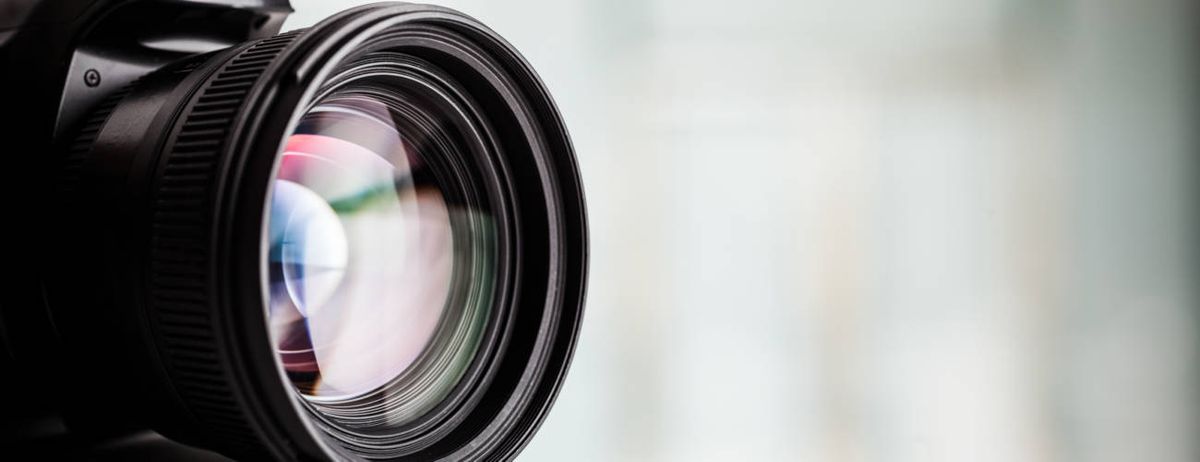Kavanaugh hearing highlights the power of photo editors
With journalism on the ropes, photo agencies have increasing influence

This was originally published in the Columbia Journalism Review.
The front page of Friday’s New York Times is dominated by two impressive photos: Brett Kavanaugh, the nominee to the Supreme Court, on the right, and Christine Blasey Ford, who accused Kavanaugh of sexually assaulting her in high school, on the left. The images are technically beautiful, and striking in their contrast.
Ford is shown standing tall and composed, her hand raised in oath as if to underscore her trustworthiness, and she is heroic (a woman on the left side of the photo is literally looking up to her). Kavanaugh, on the other hand, is seated, neither distinctive nor distinguished except by his angry expression; a woman looks at him from the audience wearing a look of derision or bershon.
This is masterful storytelling on the part of the Times’s photo editors. It’s rare we see a national political figure in such aggressive visage — not to mention a possible justice of the Supreme Court — and the photo, in this case, could portray the contrasts in the testimony in a way that text couldn’t.
Showing Kavanaugh as angry and heated is a fair representation of how the hearing went — and it’s probably why so many other publications used similar imagery, lending a sameness to the visual coverage.
But it may also be the case that most editors around the country did not have much of a choice. Most newsrooms don’t have the luxury of a New York Times-sized photo staff, so they turn to agencies like Getty, the AP, and Reuters. When it comes to photos of closed settings like Senate hearings, many newsworthy moments are still the purview of a restricted group of photojournalists.
The result? What one finds on Getty is what one runs. (Especially if you’re a local or mid-sized paper, and especially on deadline.) And Getty is showing a lot of Angry Kavanaugh. Just look at their curated gallery of the hearing: The only real relief from Kavanaugh’s agitation is Lindsey Graham’s. Reuters’s collection isn’t any different: the few images that they’ve curated of Kavanaugh won’t be put on the fridge any time soon.
Is that anger appropriate for photos of Kavanaugh? Probably. But there were moments of respite—whither those images? Regardless of whether a photo of the hearing is supposed to capture the general ethos or illustrate a specific moment, surely no one will claim that this photo is newsworthy?
Yet there it is, one of only 40 images from which a mid-sized newspaper — or any of a hundred online publications with shoestring staff — might choose.
We know the Times’s front page is influential; Dean Baquet and his photo editors carry enormous photographic weight. But there is even more power in the editing and curation at agencies like Getty and the AP, the gatekeepers to the majority of images Americans see.